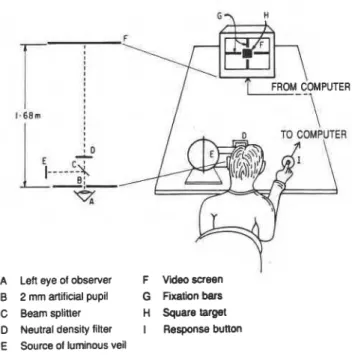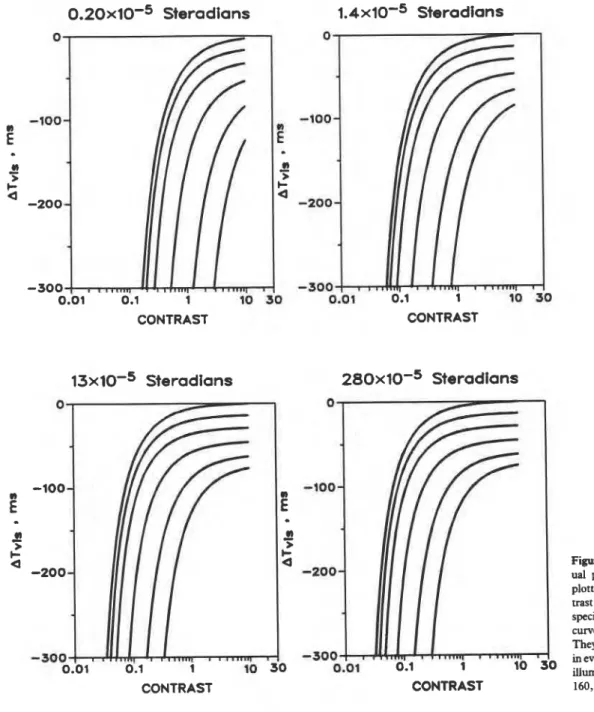Visual performance using reaction times
Texte intégral
Figure




Documents relatifs
° Je sais que tu parles français puis que j’ignorais c’est que tu parles russe. Rappelons que la préposition par ne fait pas partie de la liste des mots proposés dans le
Musics of the new times: Romanian manele and Armenian rabiz as icons of post-communist changes.. Biliarsky Ivan,
An exact solution for the RTD provides us a unique opportunity to derive explicit formulae, for arbitrary initial conditions and arbitrary values of the intrinsic reaction constant
In the current study, the perceptual influence of the vibratory component on the sound component of alarms produced by rumble strips are examined, by measuring reaction times
With the relaxation of the activities induced by the corollary discharge, the state of the network at the onset of the next stimulus lies in-between the attractor state corresponding
Similar findings, using repetitive transcranial magnetic stimulation applied over the parietal area in normal subjects, revealed that the detection of ipsilateral
In Section 6 we turn to honest times which constitute an important and well studied class of random times (see Barlow [3] and Jeulin [17]) and can be suitably represented as
Increases in the RT and in the percentage of long latency responses are thought to constitute two indices of the akinesia ob- served in our task involving speed



